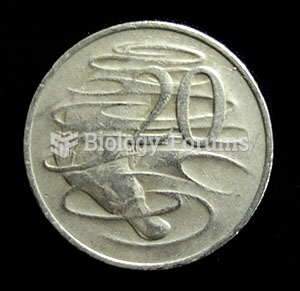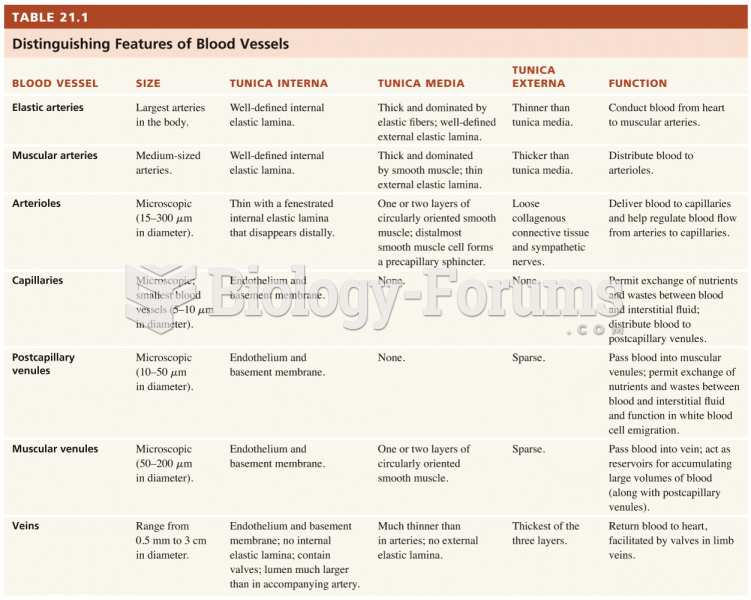Answer to Question 1
To the Chinese, all arts functioned to imitate and sustain the harmony of nature.
Music was regarded as an expression of cosmic order. Like most of the music of the ancient world, that of China was monophonic, but it assumed a unique timbre produced by nasal tones that were often high in pitch and subtle in inflection. A close kinship between Chinese music and speech was enforced by the unique nature of the Chinese language. Consisting of some 50,000 characters, spoken Chinese demands subtle intonations: the pitch or tonal level at which any word is pronounced gives it its meaning. A single word may have more than a hundred meanings, depending on how it is uttered. In this sense, all communication in the Chinese language is musicala phenomenon that has particular importance for Chinese poetry.
Chinese poetry is a kind of vocal music: a line of spoken poetry is like musicessentially a series of tones that rise and fall in various rhythms. Moreover, since Chinese is a monosyllabic language with few word endings, rhyme is common to speech. During the Tang era, China produced some of the most beautiful poetry in world literature. The poems of the eighth and ninth centuriesan era referred to as the golden age of Chinese poetryresemble diary entries that record the intimate experience of everyday life. Restrained and sophisticated, the poetry of the Tang period was written by scholar-poets who considered verse-making, along with calligraphy and painting, the mark of educational and intellectual refinement. From earliest times, nature and natural imagery played a large part in Chinese verse. Tang poets continued this long tradition: their poems are filled with the meditative spirit of Daoism and a sense of oneness with nature.
This focus on nature extended into Chinese painting as well. By the tenth century, landscape painting became the favorite genre, functioning as wordless poems. Chinese landscapes work to convey a spirit of harmony between heaven and earth. This cosmic approach to nature, fundamental to Confucianism, Daoism, and Buddhism, asks the beholder to contemplate, rather than simply to view the painted image. Chinese paintings generally assume one of three basic formats: the handscroll, the hanging scroll, and the album leaf (often used as a fan).
Answer to Question 2
Under the rule of the Tang and Song emperors, China experienced a flowering of culture and technological innovation that was unmatched anywhere in the world. As the empire became solidified, the Tang emperors initiated a full census of the population that was repeated every three years. Tang bureaucrats, steeped in Confucian traditions and rigorously trained in the literary classics, were members of an intellectual elite that rose to service on the basis of merit. Their examinations for government service required a great degree of memorization and a thorough knowledge of the Chinese literary tradition, but originality was also important: candidates had to prove accomplishment in the writing of prose and poetry, as well as in the analysis of administrative policy. In addition to the highly refined governmental system, religion played a large part in Tang era society. Confucianism remained China's foremost moral philosophy, encouraging social harmony and respect for the ruling monarch, whom the Chinese called the Son of Heaven. Confucian culture held firmly to a secular ethic that emphasized proper conduct (li) and the sanctity of human life on earth. Buddhism also thrived during the Tang era, with a focus on meditation to achieve self-control and selflessness.
During the Song era, great advancements in both culture and technology occurred as the population grew, agricultural productivity increased, and vigorous commercial trade brought economic wealth. Chinese cities were larger and more populous than those in the West, and city dwellers enjoyed conditions of safety that are enviable even today. Technological advancements included printing, paper money, water mill, wheelbarrow, magnetic compass, gunpowder, iron casting, among others. The Chinese used vaccination to prevent diseases and codified a deep understanding of human anatomy and the flow of the body's qi (life energy), which gave rise to acupuncture.
Answer to Question 3
Hinduism teaches that all individual aspects of being belong to the same divine substance: the impersonal, all-pervading Absolute Spirit known as Brahman. Much of the arts of India reflect this pantheistic system, as well as drawing heavily on the mythology and legend of early Hinduism.
In literature, many of the early arts were written in Sanskrit, the language of India's educated classes. Among the most popular forms of Hindu literature are the Puranas, a collection of eighteen religious books that preserve the myths and legends of the Hindu gods. Many of the tales in the Puranas illustrate the special powers of Vishnu and Shiva or their avatars. Much of Indian poetry is devoted to physical pleasure, and Sanskrit lyric poetry is the most erotic of all world literatures.
Hinduism generated some of the finest works of art and architecture in India's long history. Between the sixth and fourteenth centuries, Hindus built thousands of temple-shrines to honor Vishnu and Shiva. A Hindu temple encloses a series of interior spaces leading to a shrinethe dwelling place of the god on earth. Devotees enter the temple by way of an ornate porch or series of porches, each porch having its own roof and spire. Beyond these areas lies a large hall, and, finally, the dim, womblike sanctuary that enshrines the cult image of the god. The sacred space at the center is the primordial Brahman; the surrounding squares correspond to gods, whose roles in this context are as guardians of the Absolute Spirit. The Hindu temple is as a place of private, individual devotion, a place in which the devotee may visit and make offerings to the god.
The music of India is inseparable from religious practice. A single musical traditionone that goes back some 3,000 yearsdominates both secular and religious music. In ancient times, India developed a system of music characterized by specific melodic sequences (ragas) and rhythms (talas). The centuries have produced thousands of ragas, sixty of which remain in standard use; nine are considered primary. As with the Greek modes, each of the basic Indian ragas is associated with a different emotion, mood, or time of day.







